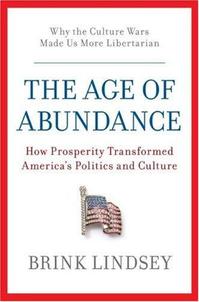(p. W9) In North Carolina, the owners of a 4,600-square-foot home that cost $1.2 million wanted it to be as “green” as possible, so they spent $120,000 on solar power.
In Colorado, using recycled materials, an architecture professor built a 4,700-square-foot home that uses geothermal heating and cooling and was on the market recently for $930,000.
And in Southern California, a husband-and-wife architect team who say that they “came of age during the ’60s and ’70s at U.C. Berkeley” also relied on recycled materials — in building a second home six hours from their primary residence.
By now these environmentally conscious “green” houses are a staple of home design magazines, where they are presented as exemplars of both good taste and good intentions. The Colorado house, for instance, has won awards from the state and the Colorado Renewable Energy Society and has appeared in the Washington Post and on Home and Garden TV.
The question, of course, is what on earth are all these people thinking? How “green” can huge and, in many cases, isolated houses be? Wouldn’t it be better to risk traumatizing the children by squeezing into a 3,000-square-foot home, especially one close to shopping, schools and work? How many less affluent, less guilt-ridden Americans can afford to build such environmental show houses?
These houses aren’t just ridiculous; they’re monuments to sanctimony.
For the full commentary, see:
DANIEL AKST. “Green House Gasbags.” The Wall Street Journal (Fri., January 13, 2006): W9.





